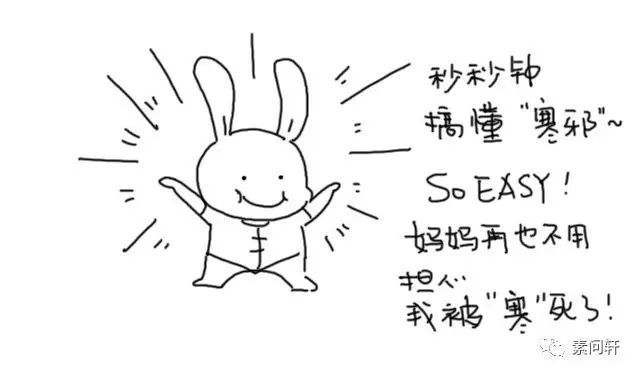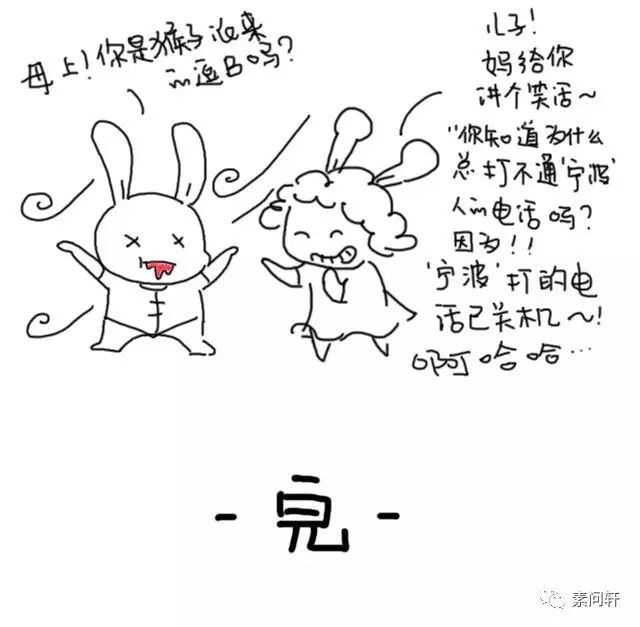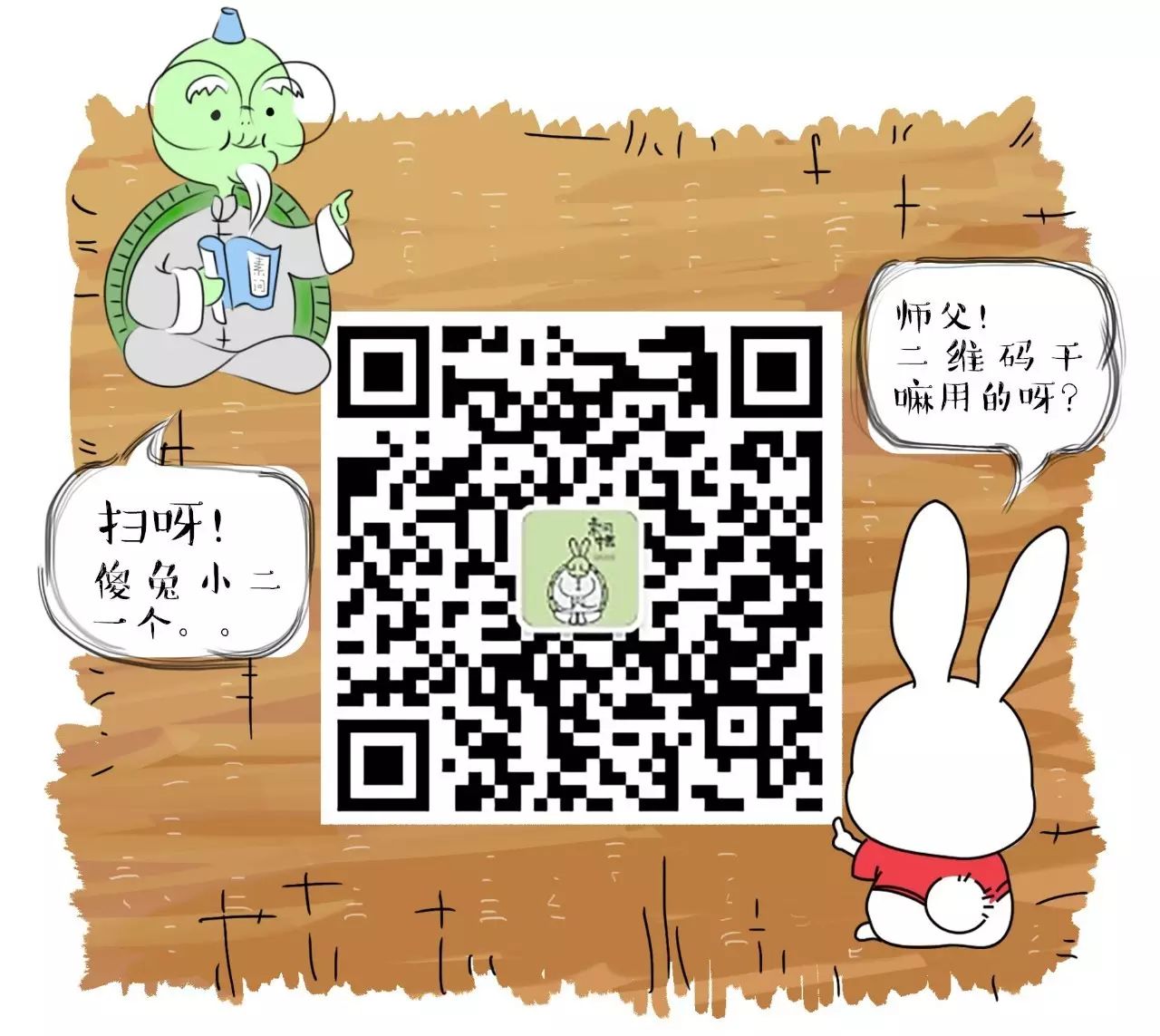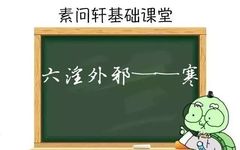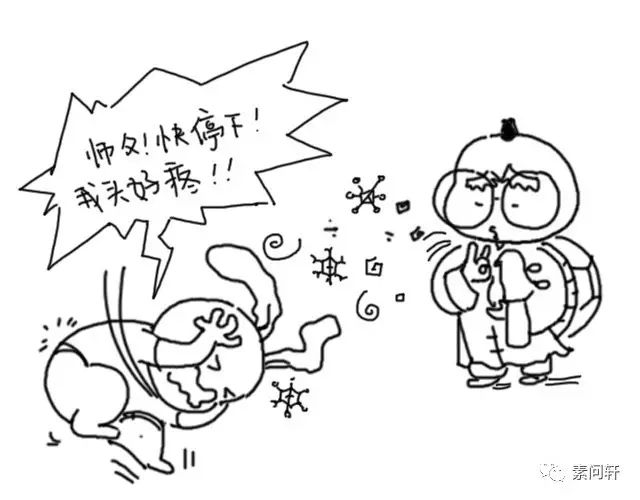
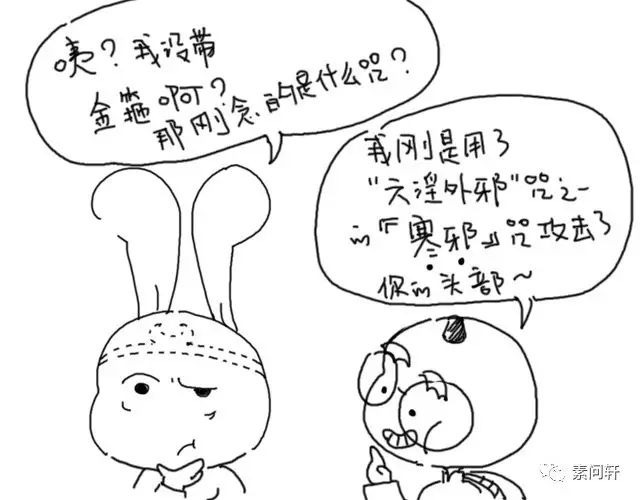
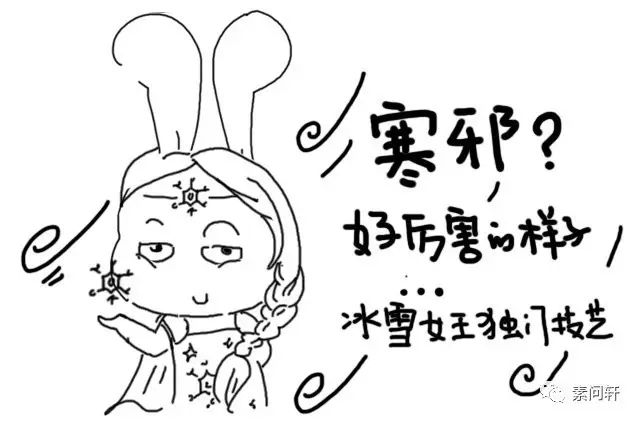
here comes the
~正经内容~

▼
What is Cold Pathogen?
The cold pathogen (寒邪, han xie) is one of the six excesses (六淫, liu yin) in Traditional Chinese Medicine (TCM).
The six excesses refer to wind (风, feng), cold (寒, han), heat (暑, shu), dampness (湿, shi), dryness (燥, zao), and fire (火, huo).
These are collectively known as external pathogenic factors.
The term “excess” implies an overabundance or infiltration.
The six qi (气, qi) of heaven and earth (wind, cold, heat, dampness, dryness, fire) are the normal conditions for the growth of all things.
However, when any one of these qi becomes excessive, it transforms into a pathogenic factor.
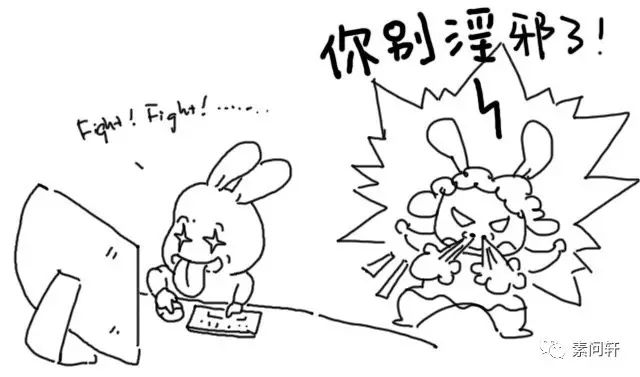
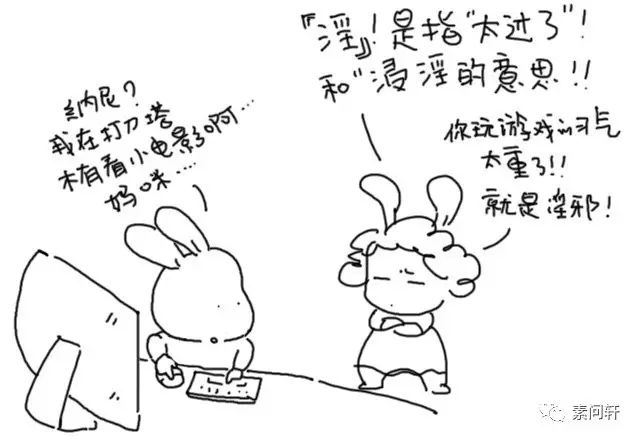
▼
“Cold Nature and Stagnation”
When the weather becomes cold to a certain degree, rivers freeze,
this serves as a metaphor for the cold pathogen invading the human body,
which also affects the flow of qi and blood in the meridians,
causing qi and blood to congeal and the meridians to become obstructed,
this is referred to as “cold nature and stagnation” (寒性凝滞, han xing ning zhi).
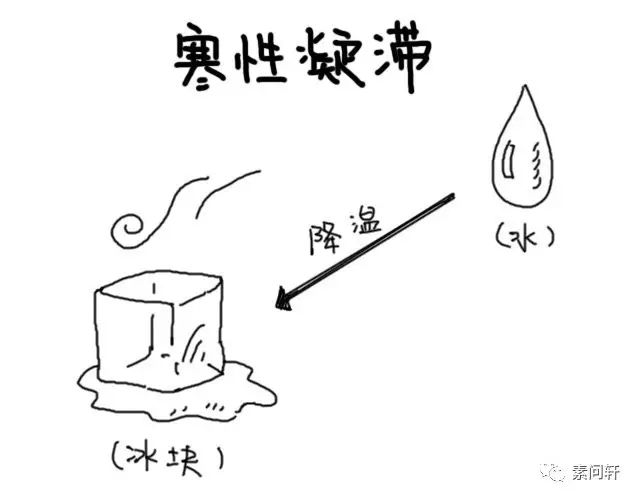 ▼
▼
Cold Nature and Stagnation Causes Pain
When qi and blood are obstructed, pain occurs,
as stated in the “Su Wen – Bi Lun” (《素问-痹论》) “Pain is due to excessive cold qi; pain occurs because of cold.”
When the flow of qi and blood in the meridians is not smooth, pain will occur.
The characteristics of this pain are fixed locations,
with a sensation of coldness at the painful site,
among the six excesses,
the cold pathogen is the most likely to cause pain,
therefore,
the nature of cold pathogen is referred to as “cold nature and stagnation causes pain.”
▼
Cold Causes Contraction
The “Su Wen – Ju Tong Lun” (《素问-举痛论》) states: “Cold causes qi to contract.”
Generally, objects expand when heated and contract when cooled,
TCM believes that “cold nature causes contraction.”
The so-called contraction refers to shrinking and pulling,
for example, it can cause the meridians to contract,
thus a tight pulse can be felt.
In cold weather,
even normal people’s hands may become stiff after prolonged exposure to cold,
and the pores may close,
therefore, if sweating cannot occur normally, it is referred to as “no sweating.”
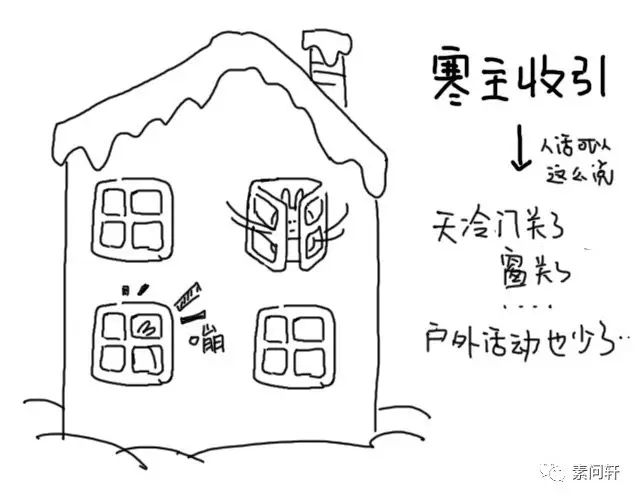
▼
Easy to Damage Yang Qi
Since cold belongs to yin,
the cold pathogen invading the human body,
easily damages the body’s yang qi,
when the body loses its warming function,
we will exhibit obvious cold symptoms: such as fear of cold,
even when wearing many clothes to keep warm,
still feeling cold, this is called “aversion to cold” (恶寒, e han),
additionally, there may be pale complexion,
white tongue coating, tight pulse,
if the cold pathogen invades the spleen and stomach,
there may also be symptoms of vomiting, diarrhea with clear liquid, and cold pain in the abdomen.
▼
Internal Cold Formation
1. Staying Up Late Causes Internal Cold
In TCM, the time of Zi (子时) is crucial,
one should sleep before 11 PM.
During this time, yin qi is at its peak,
with a little yang qi beginning to emerge,
therefore, this is the time of transition between yin and yang,
and a moment when yang qi begins to sprout,
only during sleep can this process proceed smoothly.
If one does not sleep at this time,
the sprouting of yang qi will be hindered,
over time, excessive yin leads to yang deficiency, and yang deficiency leads to cold.
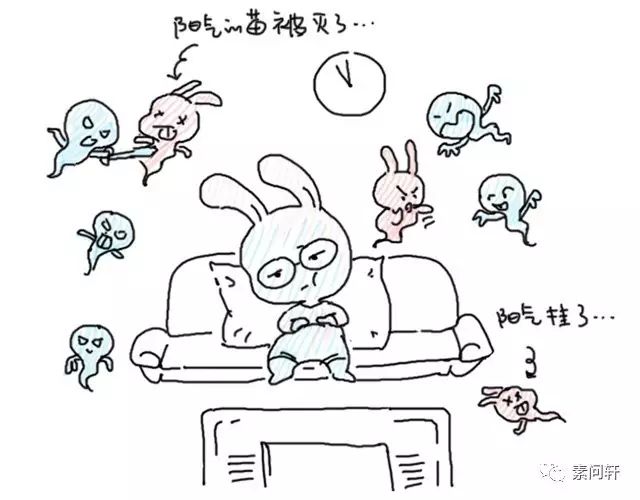
2. Dressing Inappropriately Causes Internal Cold
Short skirts, crop tops, backless outfits… they may be sexy, but they are also freezing.
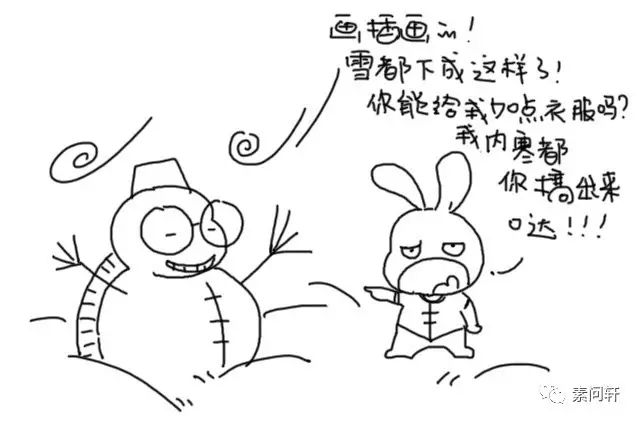
3. Eating Cold Foods Causes Internal Cold
In summer, ice cream, popsicles, and cold drinks are favorites for many,
some even start their day with a big glass of ice water,
and fruits taken directly from the fridge,
over time, this leads to the formation of internal cold.
4. Sedentary Lifestyle Causes Internal Cold
Rest is yin, activity is yang, life depends on movement,
only through regular exercise can qi and blood flow smoothly.
However, modern people are often inactive, taking cars to go out,
sitting all day at work, leading to weak qi and blood flow,
decreased physical strength, and internal cold formation.
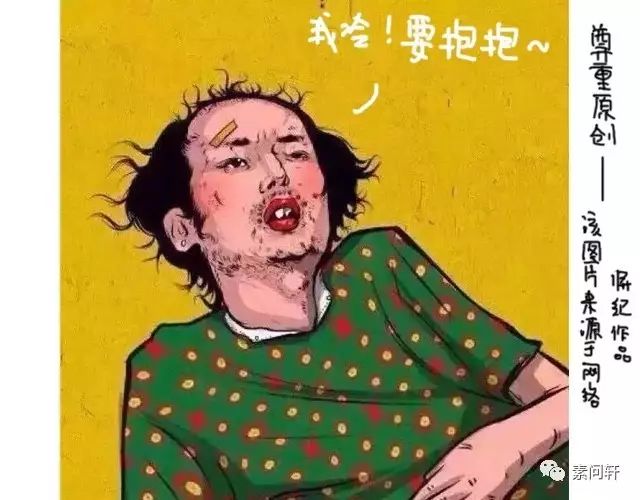
▼
The Five Main Pathways of Cold Invasion into the Body
①
“Dazhui Point” (大椎穴, Dàzhuī Xuè) on the Shoulder and Neck
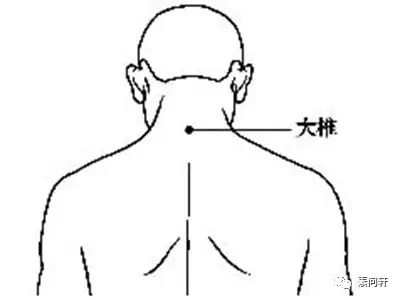
► Easily causes “shoulder and neck pain, shoulder periarthritis, cervical spondylosis, dizziness, headaches, insomnia with vivid dreams;
②
“Shanzhong Point” (膻中穴, Shānzhōng Xuè) on the Chest
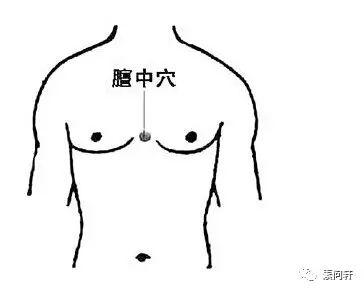
► Easily causes breast swelling and pain, blocked mammary ducts, lobular hyperplasia, and fibromas;
③
“Shenque Point” (神阙穴, Shénquē Xuè) at the Navel
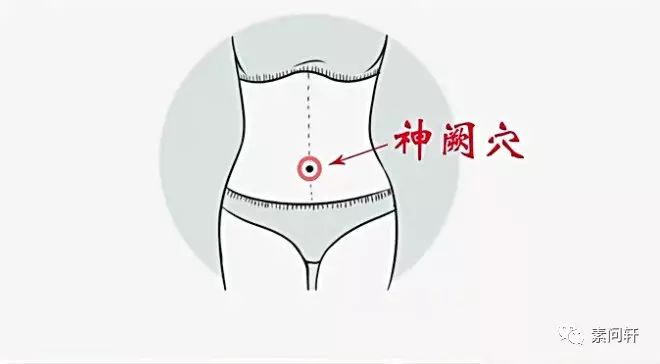
► Easily causes various gynecological diseases, such as: gynecological inflammation, irregular menstruation, poor menstrual flow, dysmenorrhea, blood clots, uterine fibroids, ovarian cysts, infertility;
④
“Mingmen Point” (命门穴, Mìngmén Xuè) on the Lower Back
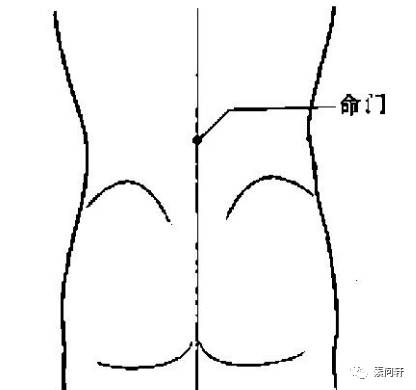
► Easily causes lower back pain, weakness in the lower back and knees, various kidney deficiencies, decreased sexual function;
⑤
“Yongquan Point” (涌泉穴, Yǒngquán Xuè) on the Soles of the Feet
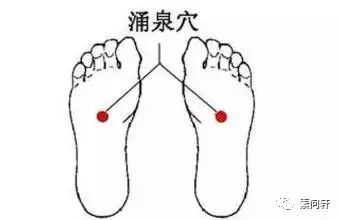
► Easily causes joint pain, rheumatic arthritis, etc.
The shoulder joints and knee joints are particularly susceptible to cold and dampness. More critically, the neck, back, and lower abdomen are vital areas; the lower abdomen is the center of vital energy, the lower back is the residence of the kidneys, and the neck and back are the governing vessels of the body’s yang meridians—these areas are exposed and will definitely be affected by cold!
▼
How to Expel Cold Pathogen?
1. Dress warmly; in winter, if you expose your legs, you may not feel cold now, but later in life, arthritis will be waiting for you. Don’t believe it? Keep the contact of our rheumatology department’s Director Yang’s phone number handy.
2. Reduce cold food intake; yin forms, yin forms, yin forms—this is important, your middle jiao (中焦, zhōng jiāo) spleen and stomach need warmth, not cold water poured on them, or they will malfunction! The consequences of malfunction are severe; the body’s circulation will be disrupted, which is crucial. Additionally, your obesity is also caused by yang not transforming qi, leading to fat accumulation.
3. If cold invades, use ginger. We will write a dedicated article on ginger later; it is truly a great ingredient, both a food and an important Chinese medicine, a king among herbs, and a sacred remedy for vomiting.
[Properties] Spicy, slightly warm.
[Meridians Entered] Lung, Spleen, Stomach.
[Functions and Indications] Releases the exterior and disperses cold, warms the middle and stops vomiting, transforms phlegm and stops cough. Used for wind-cold colds, stomach cold vomiting, and cold phlegm cough.
If you have been exposed to wind and snow, a strong cup of ginger tea will immediately induce sweating and expel the cold pathogen, warming the stomach; I believe it is better than a sauna.
You can also try perilla tea (紫苏茶, zǐsū chá) (as mentioned in the article “Crab Says: Perilla is a Good Comrade”).
In TCM, perilla is spicy and warm, can release the exterior, disperse cold, and regulate qi, helping to prevent colds, and is easy to obtain. The simplest method is to brew a cup of perilla tea; you can keep some perilla leaves in your office.
Preparation: When you feel some symptoms of chill, grab a few perilla leaves, steep them in boiling water for a few minutes, and drink.
4. Moxibustion on Dazhui, Fengchi, and Guanyuan (this issue discusses cold pathogens; for specific moxibustion methods, please follow the next issue).
5. Wear thermal underwear!
